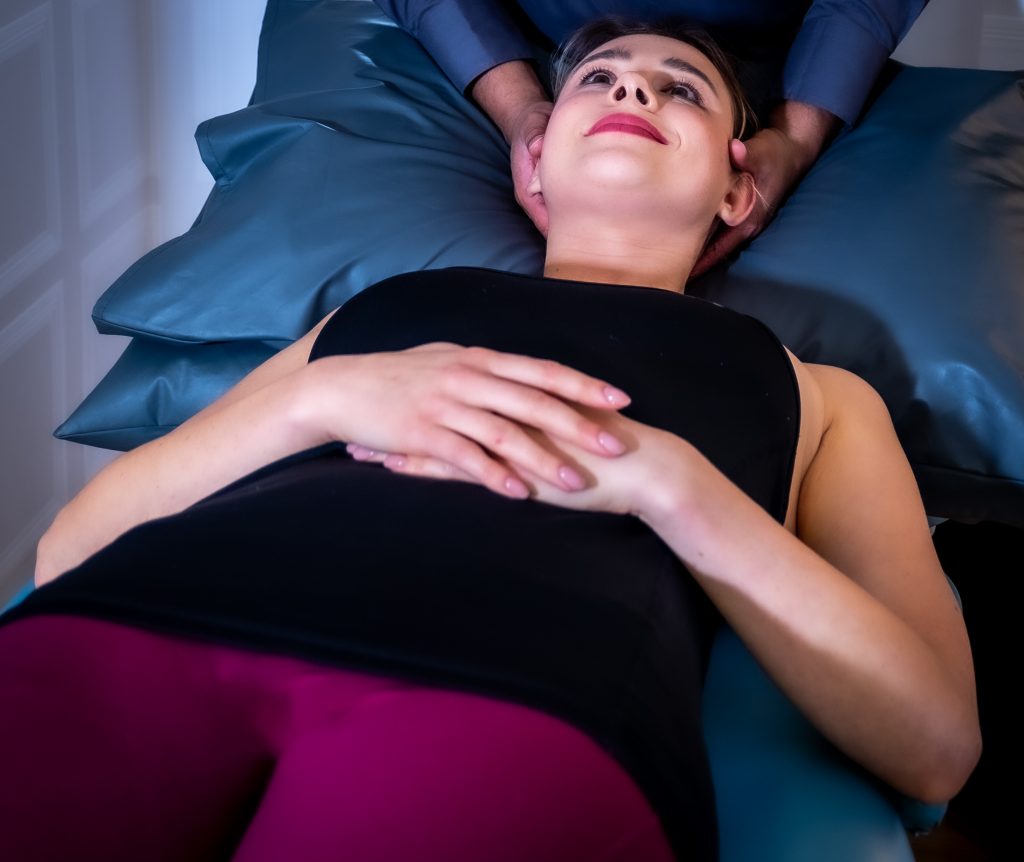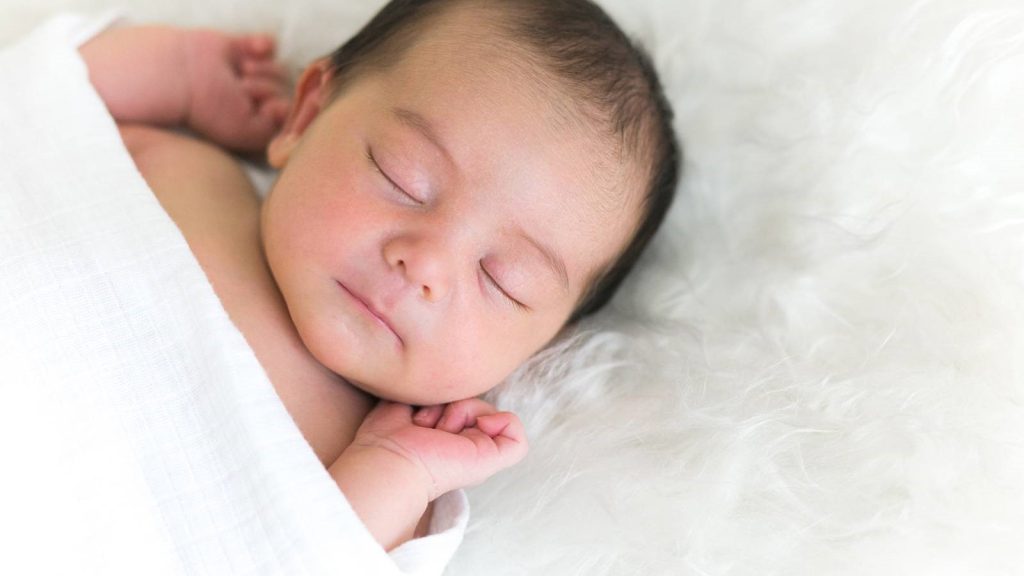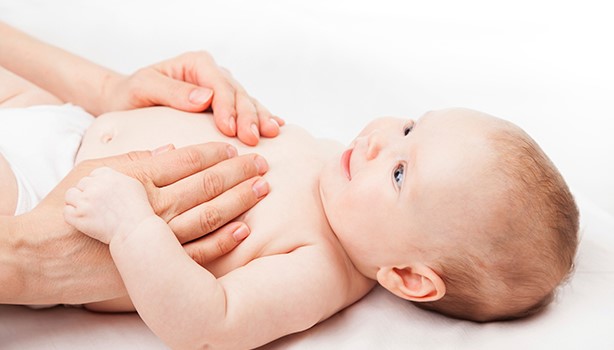Cranial Osteopathy
Cranial Osteopathy is a refined and subtle type of osteopathic treatment that uses very gentle manipulative pressure to encourage the release of stresses throughout the body, including the head. It has been extremely effective in treating a wide range of conditions in people of all ages from birth to old age.
Why is Cranial Osteopathy different?
Cranial Osteopathy is the name of a treatment method osteopaths can choose to use which is on the more gentle, subtle end of the spectrum.
Cranial Osteopaths are trained to feel a very subtle rhythmic shape change that is present in the whole body. This is called Involuntary Motion. The skull is made up of 26 bones, which are intricately joined in such a way that during the rhythmical cycle of involuntary motion the skull actually changes shape slightly to accommodate the normal involuntary motion of the brain inside.

Cranial Osteopathy is a safe treatment for babies and children. Specific gentle pressure is applied where necessary to enable the inherent healing ability of the body to effect the release of stresses which can affect vital functions such as sleep patterns, feeding and digestion. Disturbances of these functions can cause crying and irritability in babies. As your child gets older they can lead to increased vulnerability to aches and pains and ill health.
Adults can also benefit from Cranial Osteopathy to help with unresolved musculoskeletal problems due to birth strains, trauma, postural and occupational tension.

Babies & Children
It is a common belief that babies and children should have no structural stresses or strains in their bodies, because they are ‘so young’. The reality is very different.
Birth is one of the most stressful events of our lives. The baby is subject to enormous forces, as the uterus pushes to expel the baby against the natural resistance of the birth canal. The baby has to turn and twist as it squeezes through the bony pelvis, on its short but highly stimulating and potentially stressful journey.
The baby’s head has the remarkable ability to absorb these stresses in a normal delivery. In order to reduce the size of the head, the soft bones overlap, bend and warp as the baby descends. The baby’s chin is normally well tucked down towards it’s chest to reduce the presenting diameter of the head.
Many babies are born with odd shaped heads as a result. In the first few days, the head can usually be seen to gradually lose the extreme moulded shape, as the baby suckles, cries and yawns. However, this un-moulding process is often incomplete, especially if the birth has been difficult. As a result, the baby may have to live with some very uncomfortable stresses within its head and body.
Could there be any adverse reactions?
Reactions to treatment are variable, often the baby or child is very relaxed afterwards and sleeps well. Others have a burst of energy after treatment, usually followed by a good nights sleep.
Occasionally children are unsettled after treatment. This is a temporary situation, and is usually caused when the release of the retained moulding has been incomplete. It is not always possible for all the retained moulding compression to release in one session, especially if it has been severe.

Common Conditions & F.A.Q's
On average, 2 to 6 treatments are suggested. This varies according to and the age of the child, the extent of the discomfort and the response to treatment.
The younger the better, it is never too early to treat. For best results, treatment should be before the age of 5 years. After this, the stresses and asymmetries have become more established, but it is still possible to achieve beneficial release of the stresses throughout life.
Some babies cope extremely well with even quite severe retained moulding and compression, and are contented and happy. For others it is a different story and they can display a variety of problems…
Regurgitation of milk between feeds, bouts of prolonged crying due to abdominal tension and wind. Often worse in the evening.
REASON : The nerve to the stomach is irritated as it exits from the base of the skull, which impairs digestion. The diaphragm may be stressed of distorted, which further compromises both digestion and the ability of the stomach to retain its contents.
The baby takes a long time to feed and one feed merges into the next. He/she may be a windy feeder.
REASON : Feeding is difficult and tiring due to mechanical stresses through the head, face and throat. The nerves to the tongue may be irritated as they exit from the skull, which makes sucking difficult.
Crying, fractious, irritable baby, needs to be rocked to sleep. Prefers being carried.
REASON : The baby may be uncomfortable, with a constant feeling of pressure in the head. This is made worse by the extra pressure on the head when lying down.
The baby sleeps for only short periods and may sleep little in the day or night. Wakes to the slightest noise.
REASON : The tension on the bony and membranous casing of the skull keeps the baby’s nervous system in a persistently alert state.
This can lead to the child having difficulty sitting still and inability to relax. This is a continuation of the restlessness and discomfort felt as a young baby. Retained birth strains and compression makes the child uncomfortable in one position for too long – which becomes habit forming. This can affect concentration.
Tense children often complain of aches and pains, sometimes called growing pains. Postural tensions can make other areas of the body more vulnerable to strain and fatigue.
Osteopathy FAQ's
Osteopaths’ patients include the young, the more mature person, manual workers, office professionals, pregnant women, children and sports people. Patients seek treatment for a wide variety of conditions, including back pain, shoulder/neck pain, knee, ankle pain, repetitive strain injuries, changes to posture in pregnancy, postural problems caused by driving or work strain, the pain of arthritis and minor sports injuries.
These three therapies are quite similar, but there can be some overlap between the disciplines. One common goal is to reduce a patient’s pain, this is achieved by improving the patients structure and function. Each therapy has its own philosophies and treatment approaches so that these common aims are achieved.
Chiropractors are fairly similar to Osteopaths, their philosophy is that everything needs a good nerve supply where as osteopathy suggests that all body function is in harmony with a good blood supply! However Chiropractors do seem to manipulate the spine more whereas Osteopaths do seem to use a greater range of techniques, not only manipulation. Such techniques involving stretching, massage, articulation (mobilisation). Most Chiropractors work on 10-15 minute consultations whereas osteopaths generally work on 30-40 minute appointments, this normally results in less frequent treatments.
As a general rule Physiotherapist are less hands on compared to Osteopaths and Chiropractors. Treatment is based on using more machines such as ultrasound, laser therapy and interferential. They do allocate exercises to do at home as do Osteopaths and Chiropractors.
Osteopathy is a holistic approach treating the whole body, the underlying cause and not just the symptoms.
Your initial consultation with the Osteopath will include a detailed case history taking as well as careful observation and examination using highly developed skills of palpation (feel through touch), to find areas of restriction, strain, and weakness in the body.
A movement and postural analysis will then be completed along side special diagnostic tests to diagnosis your symptoms.
After making a diagnosis, your Osteopath will explain their findings and discuss their diagnosis and treatment plan with you so you can understand what’s causing the problem.
You may be asked to remove your outer clothing to help the Osteopath get a clearer picture of your posture and of how your body as a whole is moving. Most women usually wear a sports bra and shorts or leggings. Men are normally ok wearing shorts or boxers. Don’t worry if you choose not to remove your clothing, your Osteopath will do their best to assess and treat through your clothing if necessary.
Treatment will the be provided to relieve your symptoms, improve function and promote healing. Through treatment and advice, we also seek to help reduce the chances of the problem recurring.
Some soft tissue treatment may cause slight discomfort during treatment. Your osteopath will tell you what to expect, and will want you to let them know if you are uncomfortable. You may feel a little stiff or sore after treatment but this is not unusual, however this will quickly subside. This is a normal, healthy response to the treatment.
Osteopathy is a very safe & effective form of treatment & most patients feel substantially better for it.
The number of sessions you need depends on the condition and person we are treating. The aim is to keep your appointments to a minimum. Your osteopath will usually be able to tell you by the second treatment the number of treatments that are likely to be required and this will be discussed with you after the diagnosis has been explained at your initial assessment.
To qualify, an osteopath must study for four to five years for an undergraduate degree. This is similar to a medical degree, with more emphasis on anatomy and musculoskeletal medicine and includes more than 1,000 hours of training in osteopathic techniques. By law, all osteopaths must register with the General Osteopathic Council (GOsC). It is an offence for anyone to call themselves an osteopath if they are not registered. The British Medical Association’s guidance for general practitioners states that doctors can safely refer patients to osteopaths.
Osteopaths are required to update their training throughout their working lives. They must complete at least 30 hours of Continuing Professional Development per year.

